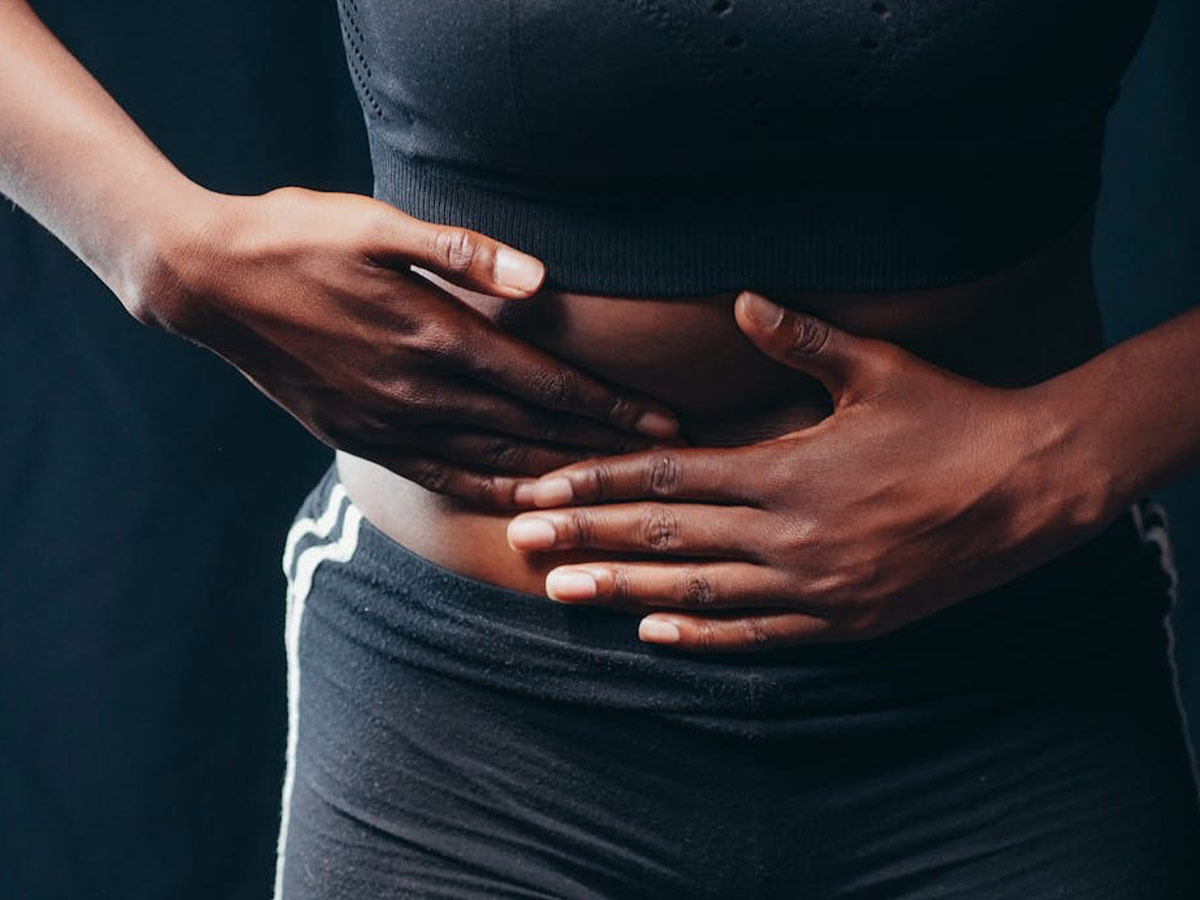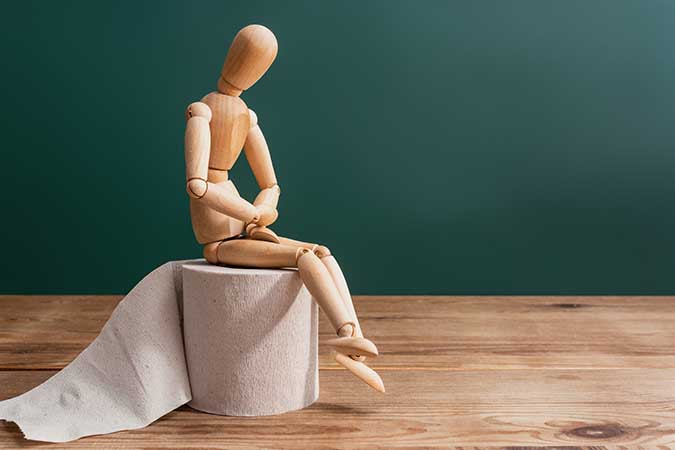Sudden Pain in the Lower Abdomen

Sudden and severe pain on the lower right side of your abdomen is the classic telltale sign of appendicitis. This pain is caused by the inflamed appendix irritating the lining of the abdomen’s wall.
Some patients report a sharp, pointed pain, while others say their pain was more akin to a dull ache. Either way, this is typically one of the first signs that something is wrong.
Low-Grade Fever (That Increases)
Bloating

Bloating is another digestive problem to be on the lookout for with appendicitis. It will typically occur in conjunction with abdominal pain.
Like many of these other symptoms, it’s important to think about all your symptoms and how they relate to one another. Bloating without the presence of abdominal pain is unlikely to occur with appendicitis.
Appetite Loss
Nausea and Vomiting

Nausea and vomiting can also occur with appendicitis, but these are typically not the most common symptoms. It’s important to seek medical help to determine the cause of your nausea--since there are so many things in addition to appendicitis that could be causing it.
If you do experience nausea and vomiting during appendicitis, it typically will occur shortly before any stomach or abdominal pain begins.
Navel Pain

While pain associated with appendicitis normally occurs in the lower right side of the abdomen, some people may initially experience pain closer to the navel. However, as the condition progresses, that pain tends to drift down and towards the right near the appendix.
As with abdominal pain, navel pain is generally severe but can either feel like a dull ache or a sharp point.
Constipation or Diarrhea

Changes in bowel movements can also occur when dealing with appendicitis. However, it can be difficult to predict which kind a patient will experience.
For some, appendicitis is accompanied by nausea and diarrhea, but this isn’t always the case. If the bowel is partially or completely obstructed thanks to the inflamed appendix, patients may experience moderate to severe constipation.
Fatigue

Fatigue can be another symptom of appendicitis, but most patients don’t experience it severely.
This symptom is most commonly associated with chronic appendicitis, which can result in less severe symptoms spread out over a longer period of time. However, fatigue is not as frequently found in patients with acute appendicitis.
Painful Urination
Flatulence

Flatulence on its own is typically not a problem, but if you’re experiencing it in conjunction with other appendicitis symptoms, it could be a cause for concern.
You should always seek medical help when experiencing severe abdominal pain, but this is especially important if you’re also experiencing flatulence or other digestive symptoms associated with appendicitis.
 Author
Rachel Downs
Last Updated: December 02, 2025
Author
Rachel Downs
Last Updated: December 02, 2025


